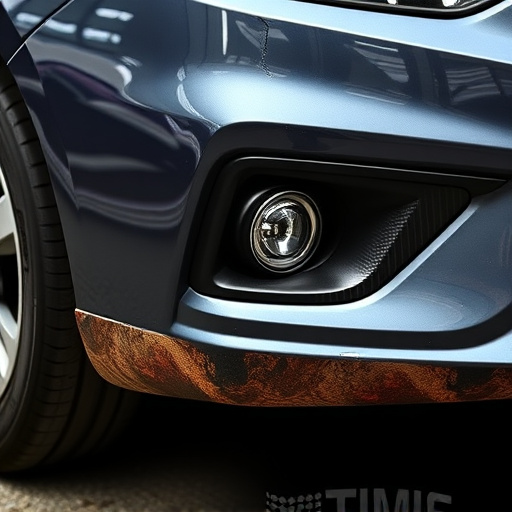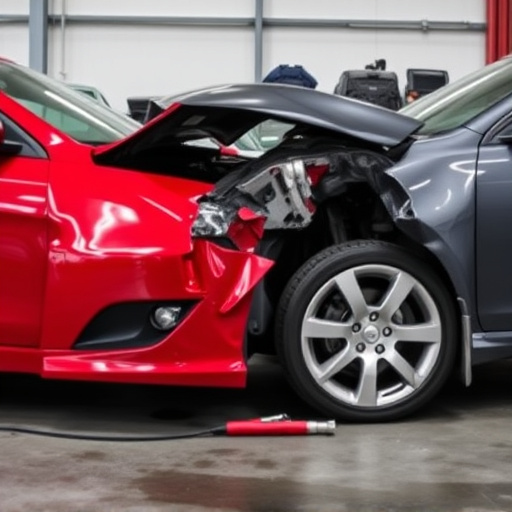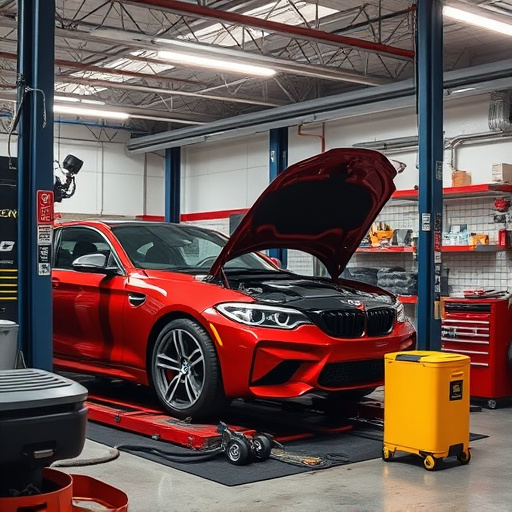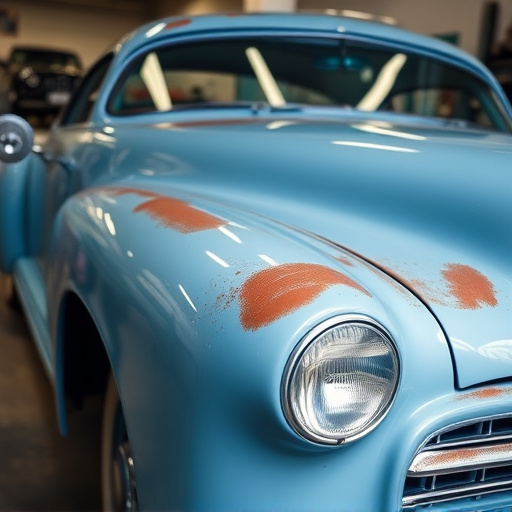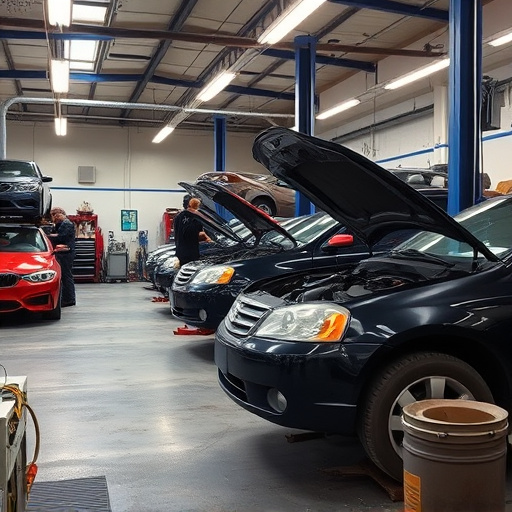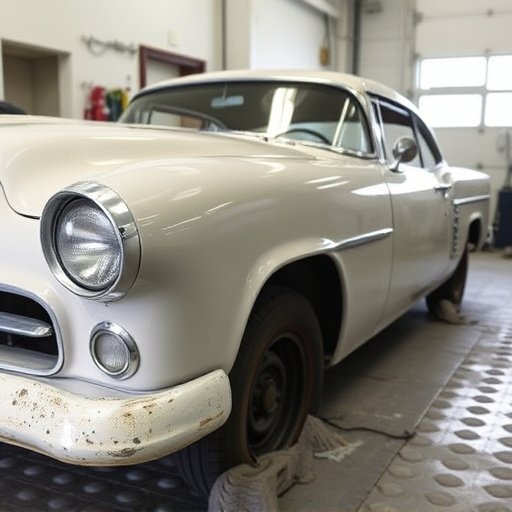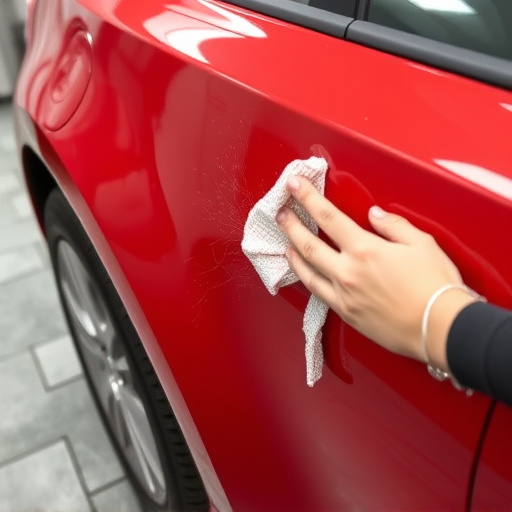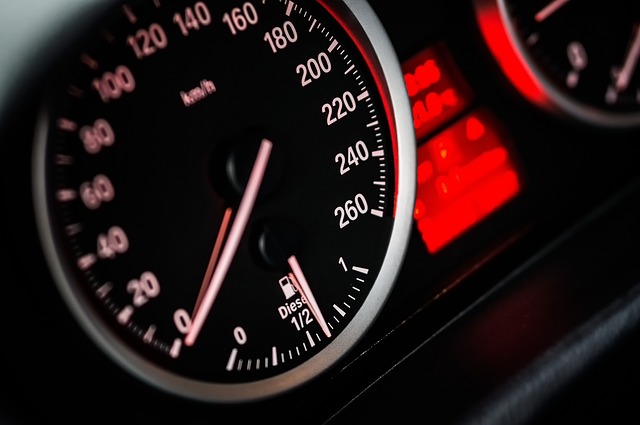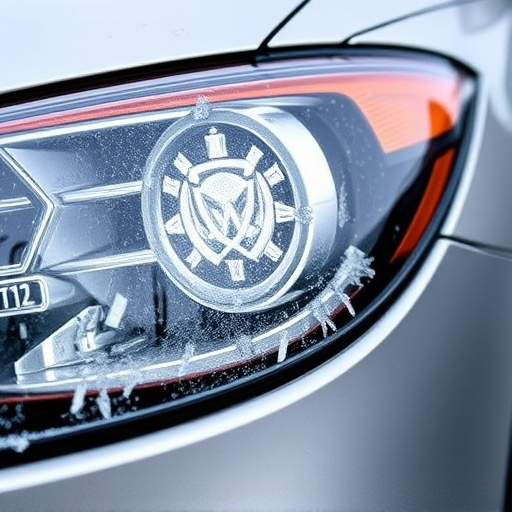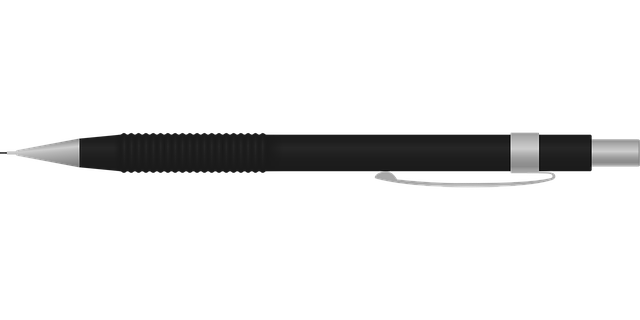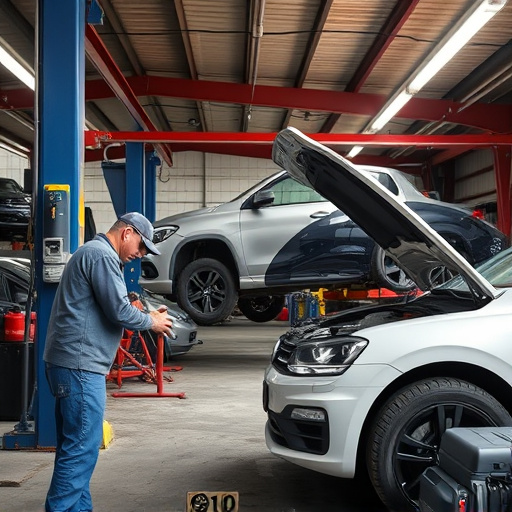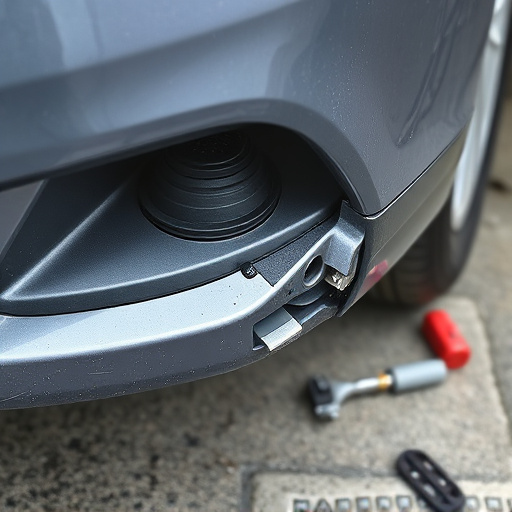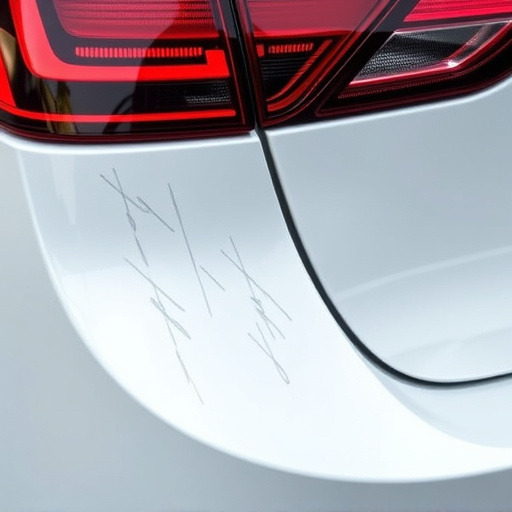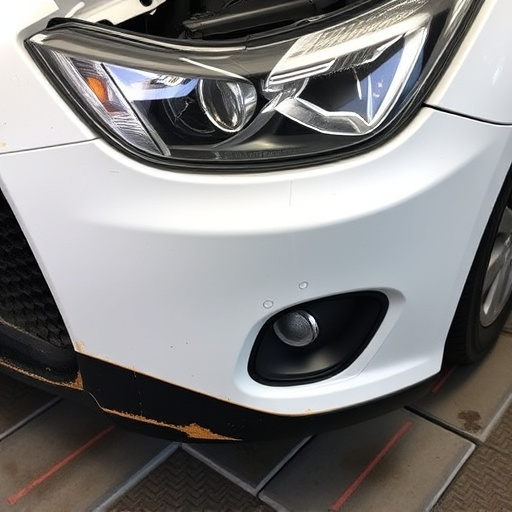Auto body restoration involves a meticulous process starting with a detailed assessment of damage, including structural integrity checks and panel replacement. This is followed by specialized repair tasks such as sandblasting and repainting, and concludes with quality control to ensure high standards. The duration varies based on factors like vehicle age, condition, damage extent (from minor dents to severe collisions), and the shop's specialization, inventory, and equipment—older cars and complex damages typically take longer. Collision repair shops provide accurate restoration time estimates tailored to each case.
“Unsure how long your auto body restoration project might take? This comprehensive guide breaks down the process and factors influencing completion times. From understanding the intricate steps involved to estimating timelines for various vehicle types, you’ll gain valuable insights into the art of auto body restoration.
Whether it’s a minor dent removal or a complete overhaul, discover how different elements impact the timeline. Get ready to transform your ride with accurate expectations, ensuring a smooth and satisfying restoration experience.”
- Understanding the Auto Body Restoration Process
- Factors Affecting Restoration Time
- Estimating Completion Times for Different Vehicle Types
Understanding the Auto Body Restoration Process
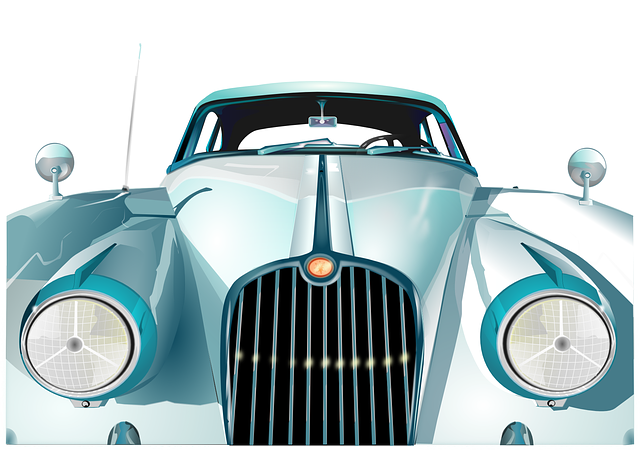
The auto body restoration process involves a meticulous series of steps aimed at returning a damaged vehicle to its original condition. It begins with an assessment to determine the extent of repairs needed, encompassing everything from structural integrity checks to identifying and repairing or replacing damaged panels, such as fenders, doors, and hoods. This initial phase is crucial for accurately estimating the time required for complete restoration.
Once the assessment is complete, the collision center commences the actual restoration work. This includes tasks like sandblasting to remove paint and debris from the affected areas, followed by precise application of new paint or coatings. In addition to structural repairs, other aspects like car scratch repair and car collision repair are addressed, ensuring not just cosmetic but also functional restoration. The final step involves quality control checks to guarantee that all repairs meet the highest standards before the vehicle is considered fully restored.
Factors Affecting Restoration Time
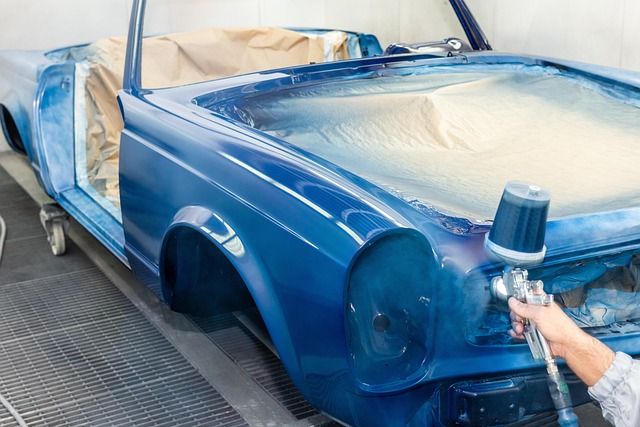
The duration of an auto body restoration can vary significantly based on several factors. One of the primary considerations is the extent of damage to the vehicle. A minor dent or scratch will take less time to fix compared to a severe collision that requires extensive panel work and structural repairs. The complexity of the restoration process increases with the age and condition of the car, as older vehicles may have unique challenges related to their original manufacturing processes and materials.
Another crucial factor is the specialization and capacity of the auto body shop handling the repair. For instance, a shop specializing in Mercedes-Benz repair might have more advanced equipment and experienced technicians, potentially expediting the restoration process. Moreover, the availability of parts can impact turnaround time; if specific components need to be ordered, the restoration may take longer compared to when replacement parts are readily available from an auto body shop’s inventory.
Estimating Completion Times for Different Vehicle Types

The duration of an auto body restoration project varies significantly based on several factors, most notably the vehicle’s make and model. Older or classic cars often require more meticulous work due to their unique construction methods and materials, leading to longer restoration timelines. Conversely, modern vehicles may benefit from streamlined processes in both repair and replacement, expediting the overall restoration time.
Additionally, the extent of damage plays a pivotal role. A vehicle with minimal cosmetic issues will undoubtedly see a swifter restoration compared to one that has suffered severe structural damage or requires extensive frame straightening. Collision repair shops specializing in auto body services typically provide accurate estimates by assessing each case individually, taking into account both the vehicle’s type and the repairs needed, whether it’s primarily auto body painting or more complex collision repair work.
Auto body restoration, a meticulous process that involves repairing and recreating damaged vehicle bodies, typically takes several weeks to months, depending on various factors. By understanding these elements, car owners can set realistic expectations during the restoration journey. This comprehensive guide has outlined the key stages of auto body restoration, highlighted time-influencing variables, and provided estimates for different vehicle types. Remember, each case is unique, but with clear communication between restorers and owners, the final product—a like-new vehicle—is well within reach.
